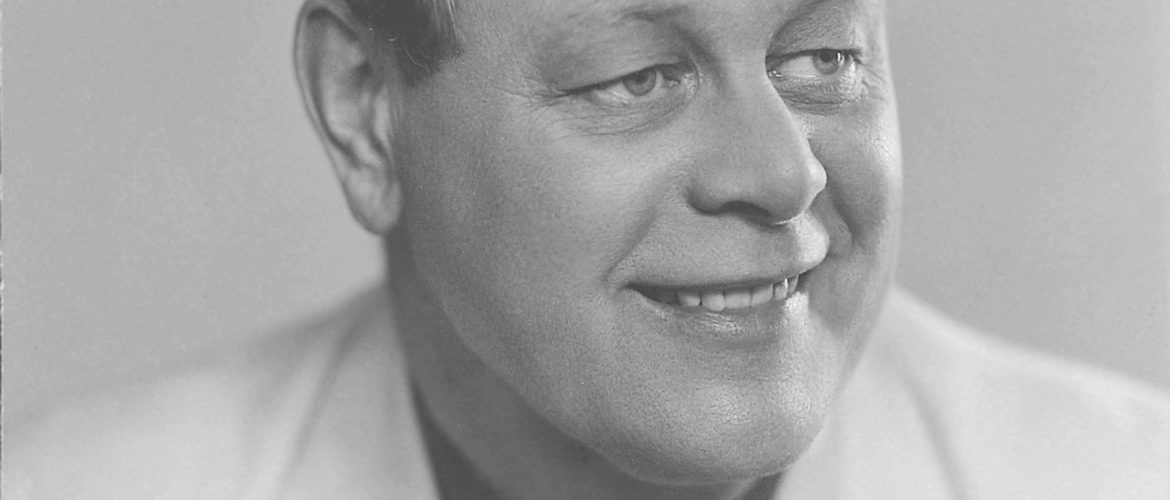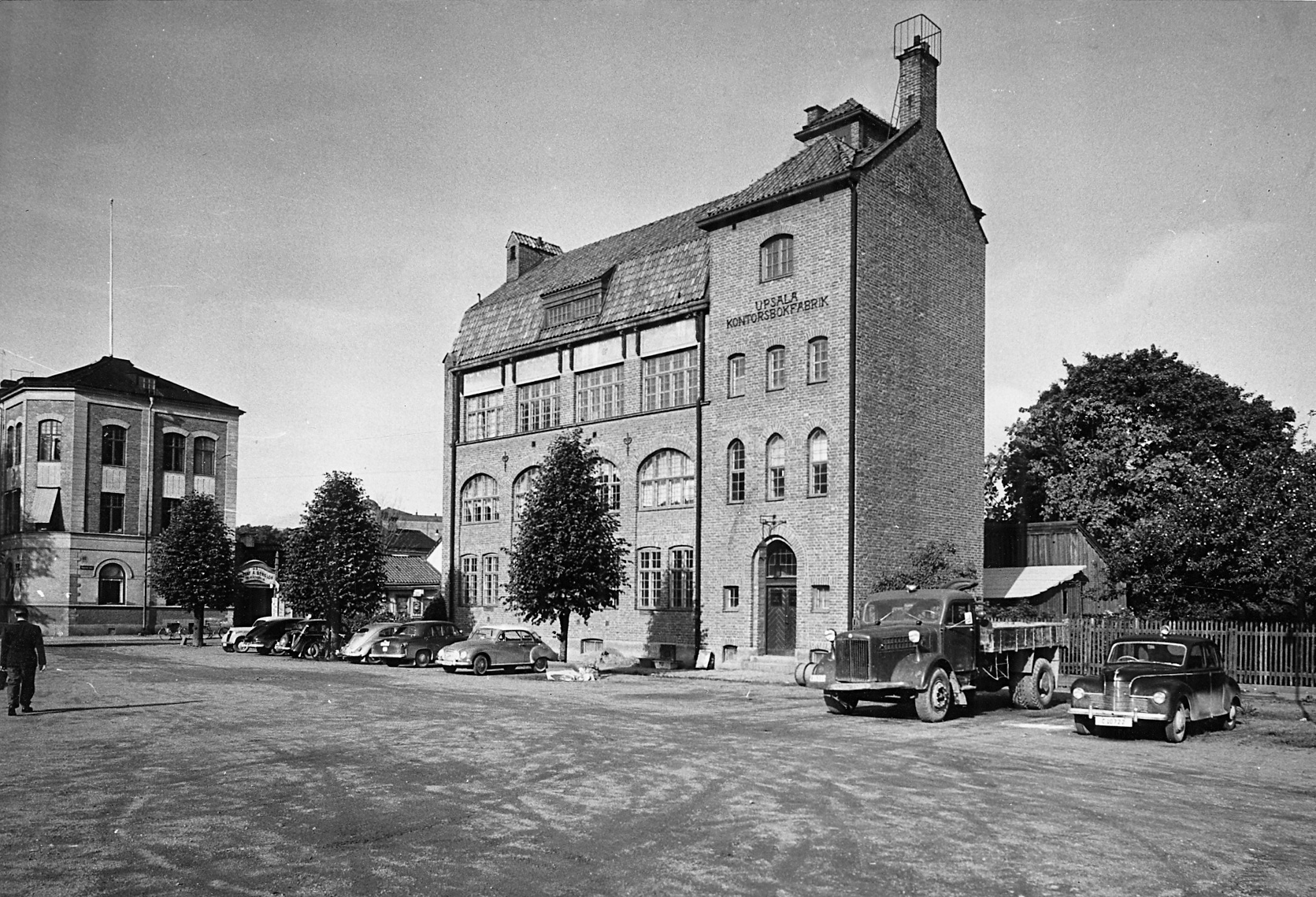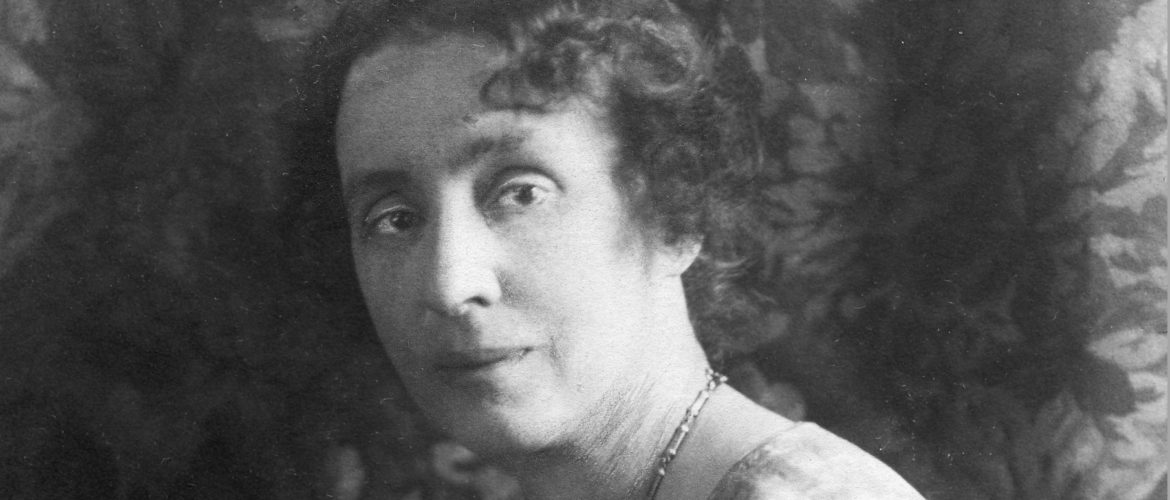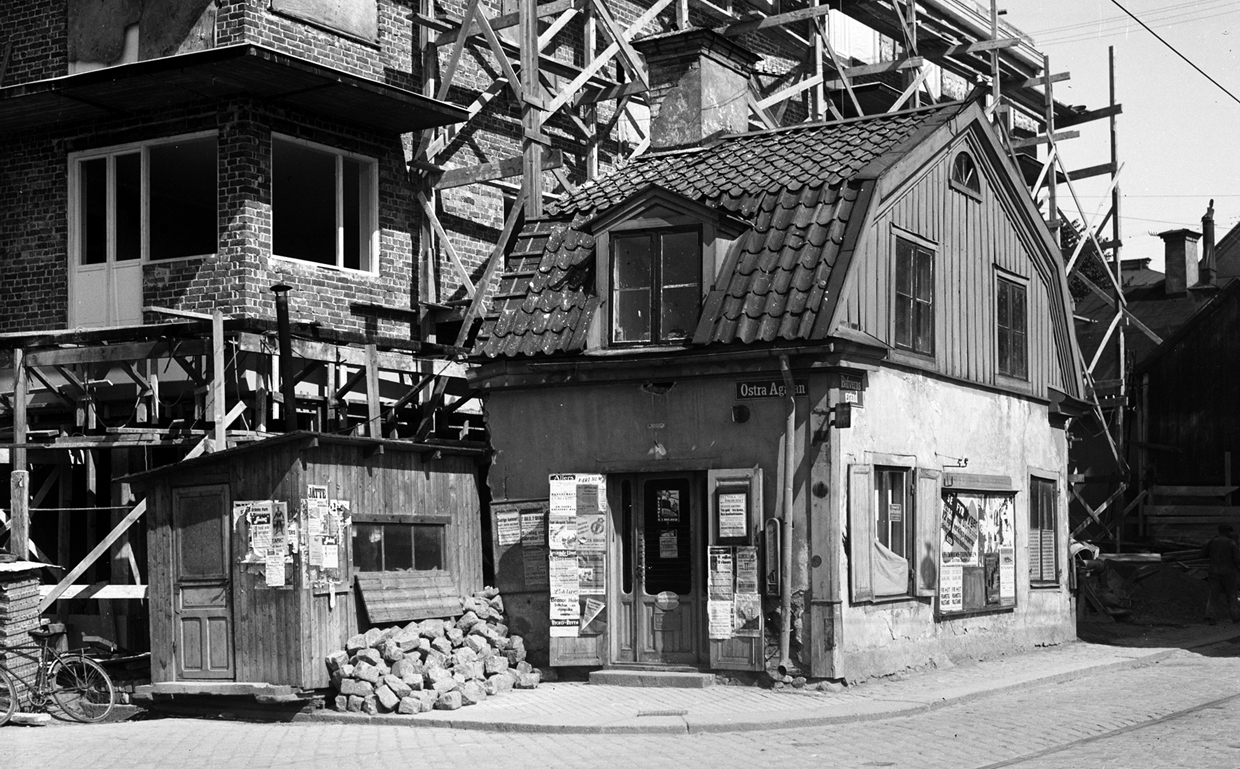1887-1951.
Music teacher, conductor, singing leader.
Through Hugo Alfvén's mediation, Sven Lilja was accepted at the Stockholm Conservatory of Music and studied there from 1912-1917.
After a few years as an actor, he worked as a singing and music teacher in Sundsvall, music teacher at Stockholm folk high schools, cantor in Sofia parish and conductor for the Stockholm Workers' Singing Association and the Stockholm Singers' Association. Sven Lilja introduced modern singing and turned it into a popular movement.
He led a sing-along movement in the countryside and on the radio, but above all at Skansen, where he led the movement for the first time in 1935. In the following years, the sing-along evenings at Skansen became a permanent institution.
Sven Lilja also plays himself in the movie 'Love and Singing' from 1944.
Burial site: 0132-1384
Image description: Sven Lilja wearing the classic singing costume, year unknown. Photo: From private collectionThe image is cropped].
Click here for an uncropped image
















